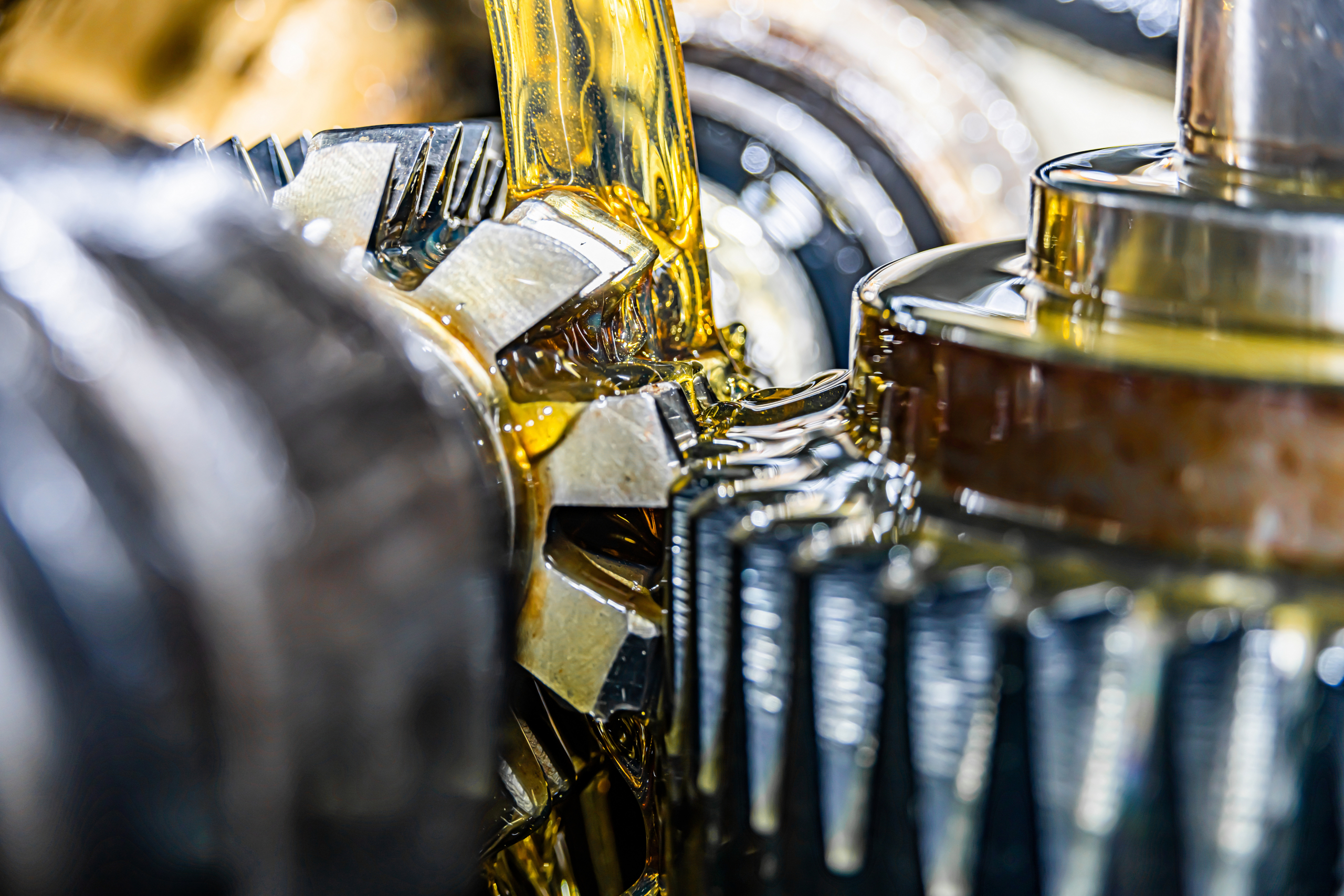Gone are the days of your lead mechanic having all the information needed to choose the right lubricant for each point in your equipment. Machinery and job sites have become vastly more sophisticated over the last few decades, and the lubrication requirements have similarly grown in complexity. LH Travis is here to help you understand the tribology of your equipment’s requirements.
What Is Tribology?
In 1966, British mechanical engineer Peter Jost came up with the term “tribology” when he published a groundbreaking study that brought to light the enormous financial losses that were being incurred due to insufficient attention being given to lubrication design. Jost correctly theorized that by utilizing a multidisciplinary approach to designing more effective industrial lubricants could drastically reduce energy consumption, mechanical failures, and ultimately production costs in many industries.
Though the basic concepts of the relationship between friction and lubrication had been grasped by humans as far back as the Paleolithic era, it took Jost’s report on how these factors truly affected manufacturers’ profit margins to spur engineers in the modern era to really get to work on studying the effects of lubrication on friction and wear in machinery. Thus was born tribology – the scientific study of friction, wear, lubrication, and bearing design.
Fast forward to the current time, and the identification of equipment’s tribological system is used to determine what type of lubricant is most suitable for that application. The technicians at LH Travis will consider parameters such as the type of motion, speed, temperature, load, and operating environment in order to make an educated judgment on the right lubricant to use.
Getting it Right
There’s a lot that goes into choosing a suitable oil, grease, or other type of lubricant for your equipment. Fortunately, you don’t have to be an expert in tribology to have confidence that you’ve made the right choice – all you have to do is trust LH Travis.

